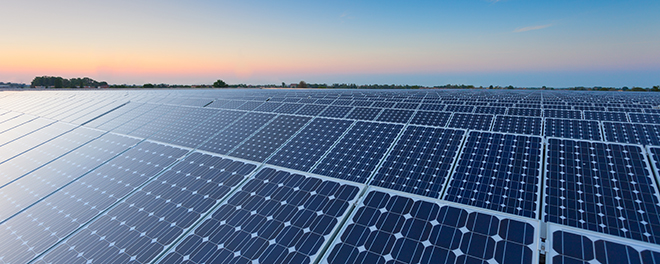
In our efforts to procure more sustainable prime material for our customers, we have identified a more environmentally friendly variant of suspension PVC (S-PVC) for REHAU Industries. This S-PVC is produced with electricity from renewable sources, mainly photovoltaics. As a result, the material has a CO2 footprint that is up to 25 percent lower than that of S-PVC, which is produced using conventional energy sources.
Taking a comprehensive view, the sustainability of the material was improved without changing the product material. Product quality is of the utmost importance to REHAU Industries, as the material is mainly used for the manufacture of window profiles. Insulation properties, weather resistance and stability remain the same. Another key factor was the fact that using the more environmentally friendly S-PVC variant did not significantly change the costs.
How the CO2 reduction is calculated
The CO2 footprint of this particular S-PVC was calculated by Sustainable AG, a German consultancy specializing in sustainability, in accordance with ISO 14067. This international standard defines benchmarks for the quantification and communication of greenhouse gas emissions, thus ensuring transparency and comparability. The calculations were then independently tested and certified by TÜV Rheinland.
This perspective makes clear that the discussion about more sustainable polymers does not have to focus exclusively on recyclates. It is also possible to choose an approach that already reduces the carbon footprint of the prime material during manufacturing.